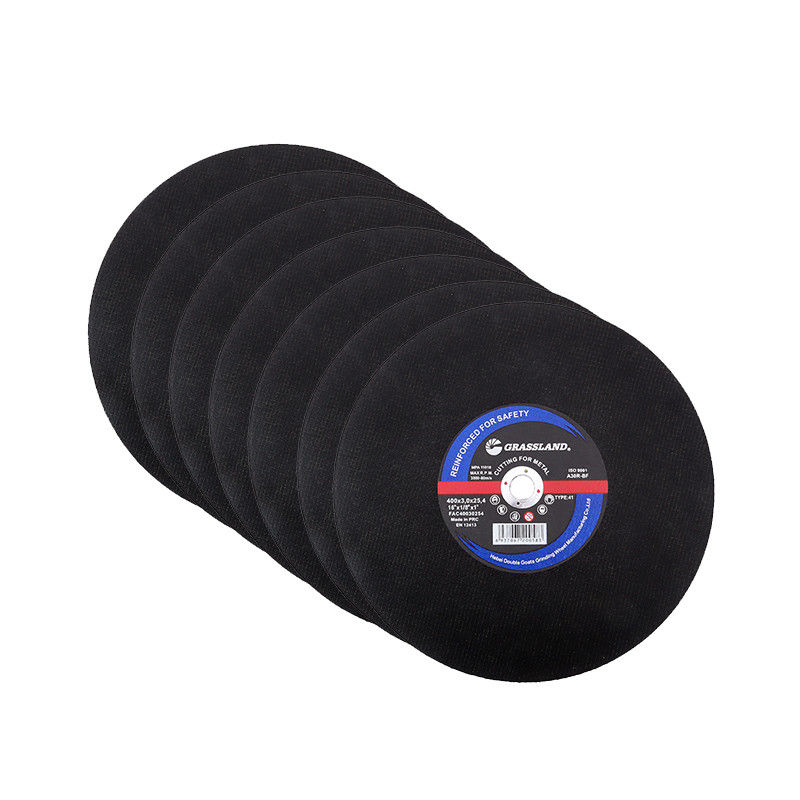Surface Grinding Wheel for Stainless Steel Selecting the Right Tool for Precision Work
When it comes to metalworking, particularly in the finishing and machining of stainless steel, the choice of grinding wheel is critical. Surface grinding wheels are essential tools that aid in achieving a smooth finish, precise dimensions, and optimal surface quality on stainless steel components. This article explores the significance of surface grinding wheels specifically designed for stainless steel, their characteristics, and tips for selection and usage.
Understanding the Basics of Surface Grinding
Surface grinding is a machining process that employs a rotating abrasive wheel to remove material from the surface of a workpiece. The goal is to achieve a flat surface, improve dimensional accuracy, and enhance the surface texture. Stainless steel, known for its corrosion resistance and strength, presents specific challenges during the grinding process. Traditional grinding wheels may not perform optimally on this material, which is why it's essential to use wheels specifically designed for stainless steel.
Characteristics of Grinding Wheels for Stainless Steel
1. Abrasive Composition Surface grinding wheels for stainless steel typically employ diamond or CBN (Cubic Boron Nitride) abrasives. These materials provide superior hardness, allowing for efficient material removal without excessive wear.
2. Bonding Material The bonding material holds the abrasives together and influences the wheel's performance. Vitrified bonds are commonly used for stainless steel grinding because they offer excellent strength and thermal resistance, helping to maintain wheel integrity under heat generated during grinding.
3. Grit Size The grit size of the wheel affects the finish and material removal rate. For stainless steel, finer grits (60-120) are suitable for achieving a smooth finish, while coarser grits (30-60) are used for quicker material removal.
4. Porosity A wheel with appropriate porosity allows for efficient chip clearance, reducing the risk of clogging. This is particularly important when working with stainless steel, as the material tends to create a sticky residue that can impair grinding efficiency.
Selecting the Right Surface Grinding Wheel
Choosing the right grinding wheel for stainless steel involves assessing multiple factors based on your specific application
surface grinding wheel for stainless steel

- Material Specifications Understand the type of stainless steel you are working with. Different alloys may respond differently to various abrasives, so being aware of the specific grade can guide your choice.
- Wheel Diameter and Thickness The dimension of the wheel will depend on the size of the workpiece and the type of surface finish required. Larger wheels provide a greater surface area for grinding but may require more powerful equipment.
- Speed of Operation Ensure that the chosen wheel is compatible with the grinding machine’s operating speed. Over-speeding can lead to wheel failure and unsafe conditions.
Best Practices for Using Surface Grinding Wheels
Once the right grinding wheel is selected, following these best practices can enhance performance and achieve desired results
1. Proper Setup Ensure the grinding machine is calibrated correctly, with the workpiece securely mounted. Any instability can lead to irregular grinding results and increased wear on the wheel.
2. Coolant Use Employ a suitable coolant to reduce heat generation during grinding. This not only prolongs the life of the wheel but also minimizes the risk of altering the properties of the stainless steel due to excessive heat.
3. Regular Inspection Frequently check the condition of the grinding wheel for wear and tear. Replace it as needed to maintain optimal performance and avoid compromising the quality of your work.
4. Follow Safety Protocols Always adhere to safety guidelines when operating grinding machinery. Wear protective gear and ensure that the workspace is clear of hazards.
Conclusion
In summary, selecting the right surface grinding wheel for stainless steel involves understanding the specific characteristics and requirements of the material. By choosing an appropriate abrasive composition, bonding material, grit size, and adhering to best practices in usage, operators can achieve superior results. Surface grinding is an art that requires the right tools, and for stainless steel, the proper grinding wheel is paramount to success.
Post time:Oct - 10 - 2024

















